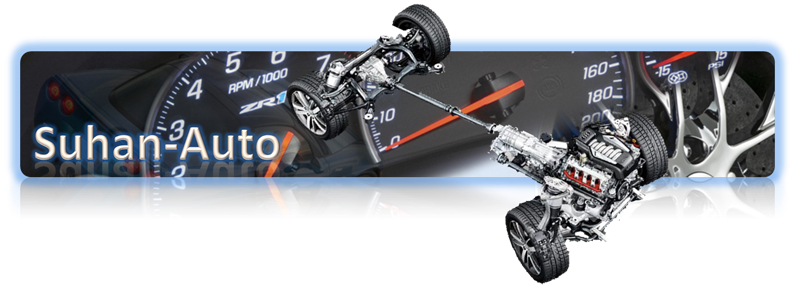I was waiting for the bus early morning to go to work. It was a T Junction. A dog was waiting to cross the road to the other side. I saw her puppies waiting on the other side (they had no sense, they were busy with their own work).
She waited long enough to understand that the road was too busy than early morning and saw people crossing from a place where all vehicles stopped and gave way (where the road had some stripes). She went there and waited till a person comes to cross the road. A student of may be 15 years joined her and they both waited. A small lorry gave way to cross the road for them. They started to cross the road.
At an instant a luxury car came by beeping the horn and overtook the lorry in the yellow line and went. Two lives were saved by couple of milliseconds and couple of inches.
Both crossed the road and waited for few seconds to come back to their senses.
When the speeding car was passing me I saw a stupid man dressed in a full suit (inside the car, looks like a gentleman) was looking at his wrist watch and speeding further.
Have I ever been in this seat? I don't think so.
Have you been, ever? If so, ask your self what urgent matter that you have to attend to, worth couple of lives? If you are going to hospital to see your loved ones in a critical time, think whether they want you there in the first place coming to see them by killing couple of humans and animals on the way!
If you are going for an "Urgent Meeting" what meeting on Earth worth couple of lives? If you get fired for being late, go and find another job. Because it will give you a new start, plus it will reduce your stress in great proportions (which is good for your heart). Most importantly it will save more lives.
If you are going to save the world just use a f****** helicopter (because you can afford it). Otherwise you are a fool to be using ground transport in such a situation. If you are a more important person someone who thinks the same will send you a helicopter and get you where you want be to be.
Otherwise you are just a fool trying to fly on the road risking other's lives.








